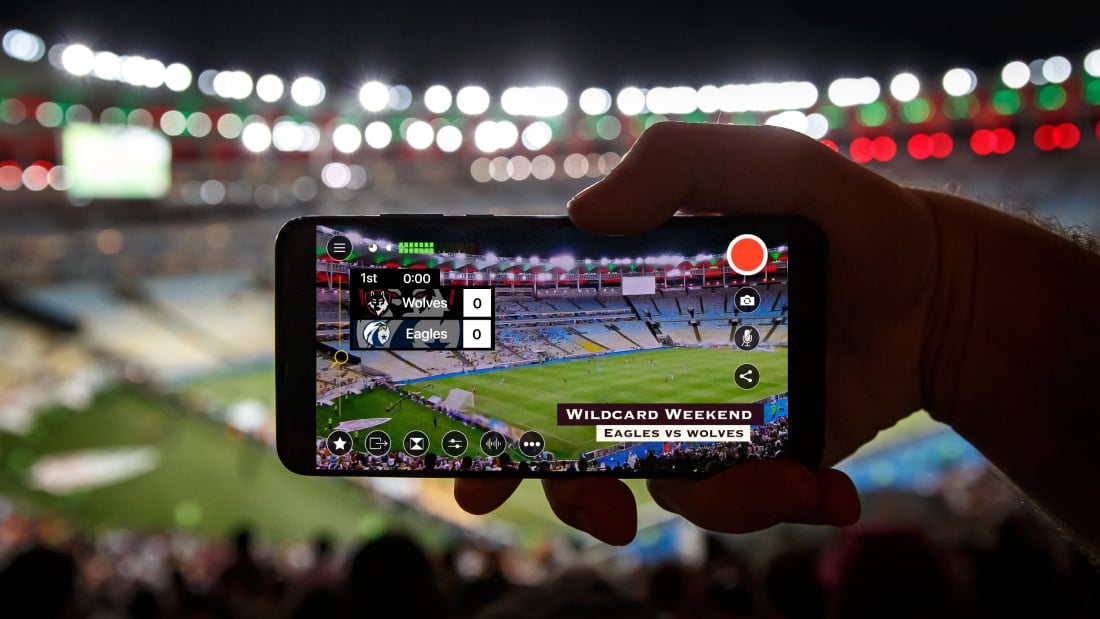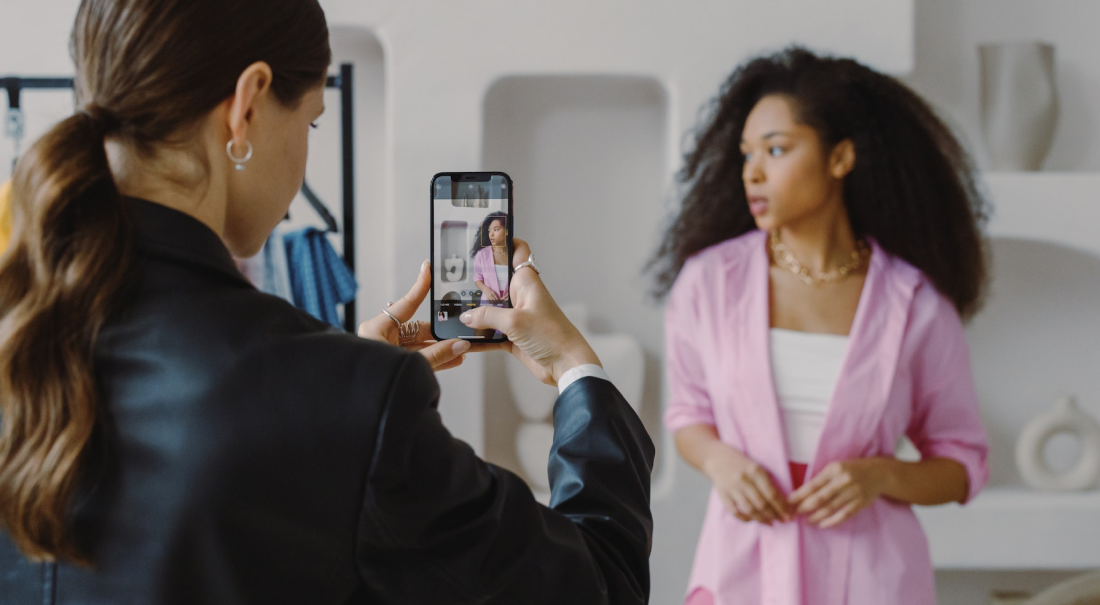
If you read my last blog post, then you already know about all the opportunities that livestreaming offers a church. When you first start livestreaming your services, there are tons of questions: What devices do I need? What platforms am I streaming to? What apps are out there? Do I need to bring on some volunteers?
But one of the most nagging questions is how to stream without disrupting the service in the room. And it’s especially pressing for those whose churches began to stream during COVID-19 and are now beginning to reopen their doors to in-person attendees.
This question often encompasses a number of other questions: Where do I put cameras? How do I connect everything back to my streaming device without running a bunch of ugly cables? Am I going to make the old guard angry by having this new equipment everywhere? Is this going to be a real disruption to the sacredness of the worship time?
Relax. Take a breath. Yes, these are all good questions. I’ve worked with dozens of churches over the years, and most of them have what I like to (playfully) call the “pretty committee” — people who may get upset if anything changes in the worship space. But it is entirely possible to set up a stream that is simple, uses affordable devices, is easy for your volunteers to operate, and won’t be obtrusive to your in-person worshippers.
Today you can find streaming tools that allow you to use small cameras or smartphones to stream your service and even use multiple angles to enrich the livestream experience, all without large, expensive cameras sitting in the way of your in-person attendees. It used to be that in order to have more than one camera, you would have to spend money on that camera and also get a professional installer to run the cable so that it wasn’t taped across the floor or pinned to the wall. Now thanks to affordable and reliable wireless options, your worship space probably already has most of what it needs to have a multicamera setup on a Sunday morning.
Position your livestream cameras strategically — and go wireless
If you have a few volunteers with iPhones, then you can purchase some inexpensive stands for them and use streaming software like Switcher Studio. Then *boom* all your smartphones are part of an inexpensive wireless multicamera setup. Pick a few spots around the room — I recommend one at the back that you can raise a little higher and maybe two more on the far left and right that are a little closer and a little lower. You definitely don’t need to be on the front row blocking everyone — in addition to blocking people’s view, that location doesn’t provide a good angle.

What about the congregation in the room? Won’t it be distracting? If you’re using small camera phones on small stands out of the way of the congregation, it won’t be. However, seeing as people sometimes have strong opinions about changes in the sanctuary or worship space, I won’t guarantee that no one will complain about it. Next I’ll cover my suggestions to offset those objections.
Get church staff and volunteers on board with streaming
Get the staff and volunteers on board and ask them to be positive to any members who have questions. Explain the opportunity you have in livestreaming and how a higher quality, multicamera livestream is an inexpensive way to engage more people on Sunday mornings. If you run into anyone who is firmly against having the cameras in the worship space, ask them to try to see if they get used to them after a couple of months. It’s amazing how quickly people forget about something they thought would be a distraction.
The first two or three Sundays that you add the extra angles, have your pastor acknowledge it and ask for the in-person worshippers’ participation in the livestreaming as an outreach and a ministry to those who can’t be there. Ask everyone to share the stream with friends to invite them to worship. Here you can cast a vision: These devices are tools to allow others to attend our services. If you admit that it is a small change, but ask your congregation to be part of it, that will give them an opportunity to take ownership and even get excited.
Invite your international mission partners to watch via livestream and ask them to post about it. This is especially effective if you have a Sunday when you’re talking about missions, but any Sunday you’re livestreaming allows for anyone to watch all over the world. Let your congregation see that this is a way to bless your supported missionaries around the world.
Consider your church’s culture and work with it
Make the changes subtle. This is one of the great things about using smaller devices like iPhones as your cameras — you don’t have to have a big platform with a huge camera sitting on it. Even if you do feel like the only good angle is somewhere in the middle of the room, a phone on a stand is much less obtrusive than the alternatives.
I understand that churches can be particular. The best thing is to know the culture of your church and use that knowledge to help make changes. I worked with an integrator that did an install where they realized that they needed to raise the chandeliers in the worship space by a few feet. The church leadership knew that the “pretty committee” may get upset about this, so they decided to raise them over the course of a few weeks — raising the chandeliers six inches every Sunday until they got to the desired height. No one in the church even noticed the change.
Livestreaming is not without its challenges, but once your congregation sees it as an opportunity to reach out and provide a means by which people can participate in worship from home, they have an opportunity to get excited about it.
When you use the right tools that ensure worship is not impeded, it allows for livestreaming not only to avoid being a distraction, but actually to add value to your worship services as your attendees begin to see themselves as part of a church that is outwardly focused.
Switcher Studio lets you create multicamera livestreams of your worship services using just iPhones and iPads — no clunky cameras or wires to trip over. Plus, it connects to nearly every major streaming platform. Start your free 14-day trial today.
Subscribe to the blog
Sign up to receive notifications whenever a new blog post is published. You may unsubscribe at any time.

Share
About the Author

Will Adams is the director of creative elements at Frazer Church in Montgomery, Alabama, where he oversees the creative side of worship, manages online ministry, and produces videos for the web. He has an MFA from the Academy of Art University's School of Motion Pictures and Television.
All posts by William H. Adams

